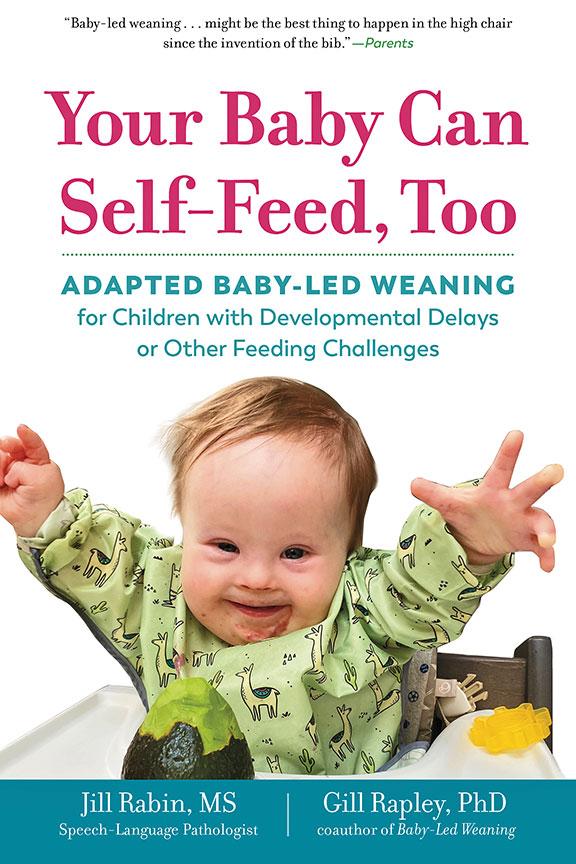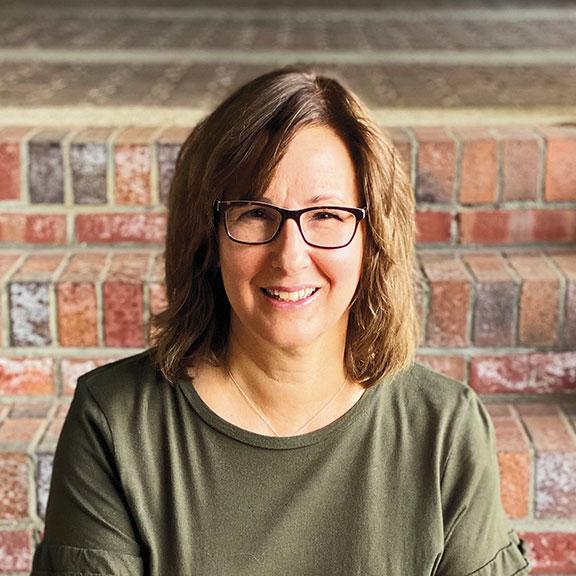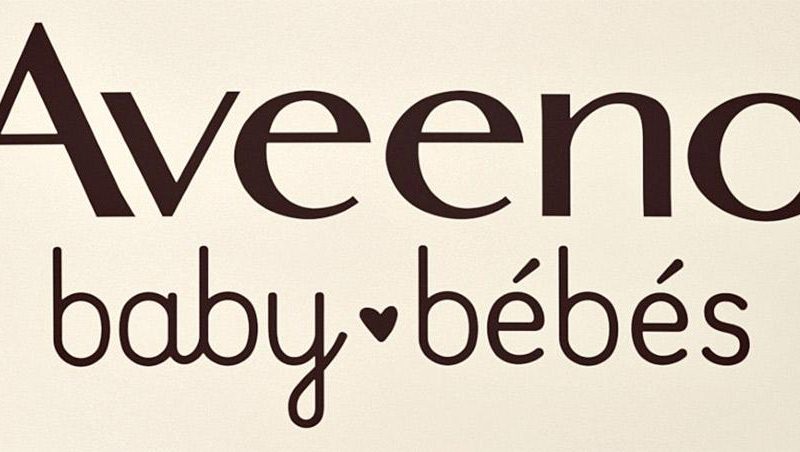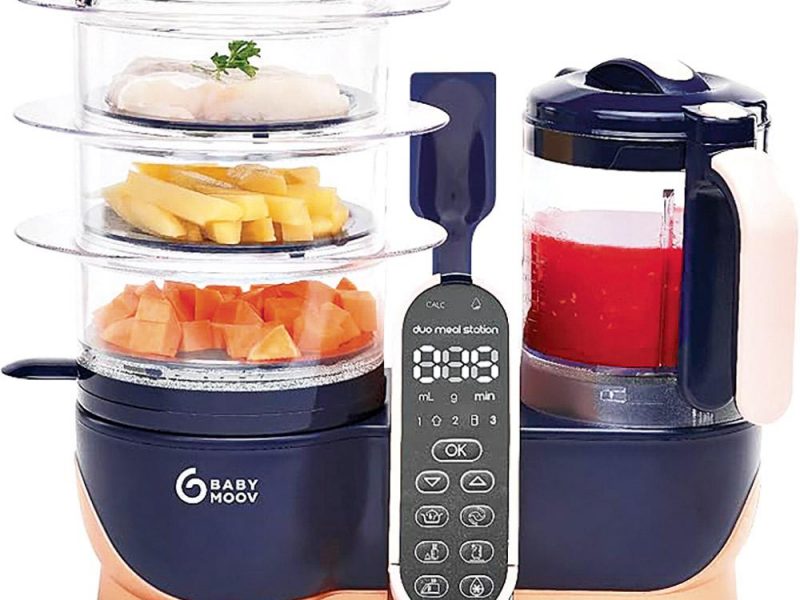
Nutrition: Your Baby Can Self-Feed Too
Baby-led weaning (BLW) is not new. Parents around the world have been bypassing purées and instead introducing solids as finger foods to their child at six months and older. So instead of the parent pushing the intake of food, the child acquires a stronger connection to and control over how much food they consume. They decide and, through the process, learn to chew and improve their manual dexterity and eye-hand coordination skills.
But what if your child is atypical and suffers developmental delays or other feeding challenges?
Did you know that one in four children has feeding challenges and difficulty eating? That can make mealtimes a struggle for parents, caregivers, and kids. Whether the reason is neurodiversity, feeding aversion, or a medical condition, feeding therapist Jill Rabin and baby-led weaning pioneer Gill Rapley are here to help with a groundbreaking new approach: adapted baby-led weaning (ABLW). In their new book, Your Baby Can Self-Feed Too, Rabin and Rapley teach applied techniques to help children become happy and healthy self-feeders.
This book is intended primarily for parents, therapists and medical professionals who work with babies with feeding challenges, such as those with a complex medical history or developmental delay (such as Down syndrome). However, the information is of value in caring for any baby who finds the transition to solids difficult, especially those struggling with advancing to more complex foods that require chewing.
“We expect it to be welcomed by families who’ve been told that their baby can’t safely feed themselves or follow baby-led weaning (BLW), when, in fact, there is almost certainly a way that this can happen,” points out Rabin and Rapley. And this is where this book becomes a helpful resource.
To understand the benefits of ABLW and how parents should approach this book, we asked Rabin and Rapley to share their thoughts.
This book aims to empower parents to support their children to achieve maximum autonomy in eating, starting when solid foods are first introduced in the second half of the first year.

The information in this book is best used in collaboration with the baby’s health care providers, especially speech-language pathologists, occupational and physical therapists, so they can determine how to move forward based on the child’s individual needs. However, if a therapist isn’t involved, the book will show parents how to prepare for the transition to solids, select appropriate foods, and present them safely to their baby. But we would advise parents not to attempt to implement the more therapeutic aspects of the approach without the guidance of a professional.
What are the benefits of adapted baby-led weaning (ABLW)?
ABLW is a systematic and therapeutic approach to introducing complementary foods that introduce sizes, shapes and textures based on the child’s ability, helping them to advance safely. With a therapist’s guidance, using “bridge devices”, like silicone feeders, allows all babies to self-feed from the outset, even if they have motor challenges.
ABLW also enables babies to recognize their feelings of hunger and satiation, deciding for themselves what to eat (from among healthy food options), how much, and how fast. It makes sharing family food and mealtimes easier, supporting the acquisition of social skills and language. Most importantly, it promotes self-reliance and – for the baby and their parents – confidence in the baby’s abilities.
What hurdles can parents expect?
Babies with feeding challenges may get stuck on the same food shape or texture until their skills improve sufficiently to allow them to move on to more advanced foods. This can be discouraging, especially in the short term.
It’s important for everyone concerned with the baby to manage their own expectations and allow time for skills to develop. The focus needs to be on the baby’s experience of food and eating and the learning that is taking place, not on the amount ingested. Breastmilk and/or formula should be considered the baby’s primary source of nutrition, at least until the first birthday, with other foods required in tiny amounts only. Parents’ and caregivers’ patience will be rewarded as the baby begins to demonstrate complex skills at a younger age than is generally the case with the conventional approach of spoon feeding and purées.
What advice do you have for parents?
Babies with significant feeding challenges will benefit from working with a feeding therapist who understands the principles of adapted baby-led weaning and how to guide the family. Throughout, coordination between the babies’ parents and the health professionals supporting them is paramount, so everyone understands the path to be followed and can work towards the same goals.
We believe that, with the proper support from medical and feeding professionals and tailored guidance for parents, babies with feeding challenges can learn to feed themselves and become independent, intuitive and adventurous eaters just like their typically developing peers. We fervently hope that BLW and ABLW will be seen as a viable alternative to reliance on spoon feeding and purées for all babies in the not-too-distant future. It really does have the potential to change lives.

Jill Rabin, MS, CCC-SLP/L, IBCLC, pediatric speech pathologist.

Gill Rapley, PhD, is known worldwide as the pioneer of baby-led weaning.







